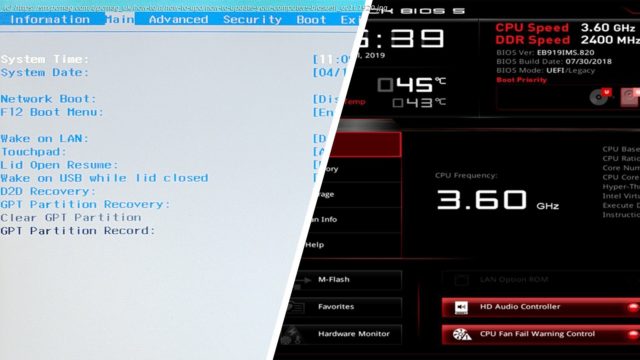Your computer’s Basic Input/Output System or Unified Extensible Firmware Interface shouldn’t need to be updated that often, but a hardware bug or compatibility issue may require it.
A computer’s basic input/output system—or BIOS—lives in a small chip on the motherboard, and manages the most basic instructions that operate your computer. It allows the PC to power on, boot into an operating system, and manage attached devices like storage, keyboards, and other peripherals. Most users won’t need to touch this software, but there are times when the you may need to make changes or perform an update.
At times, a PC’s manufacturer may offer updates to the BIOS with certain improvements, though these updates don’t usually introduce new features or huge speed boosts. You may also need to enable the TPM security chip from the BIOS if you want to upgrade to Windows 11, though this option may be enable by default. The only other reason to access your BIOS is if you built your own computer or plan to overclock your CPU or GPU.
Unless the latest BIOS comes with security patches, support for new hardware you plan to use, fixes a bug that’s been plaguing your daily usage, or you otherwise know what you’re doing in there, it’s best to leave the BIOS menu alone.






